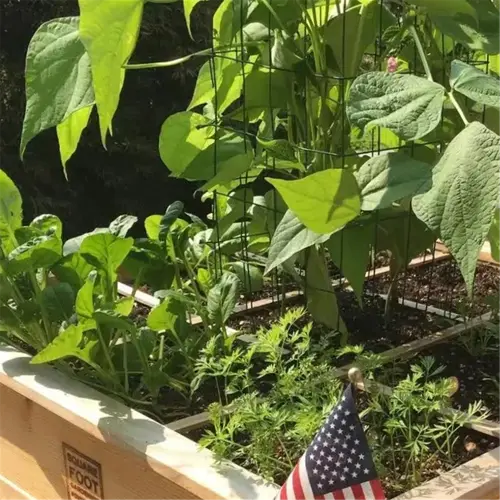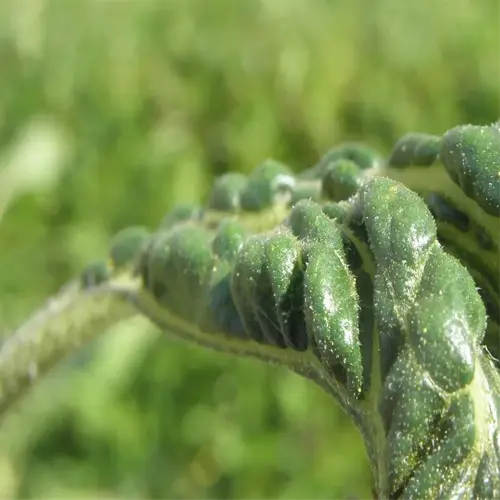How long does Verticillium persist in soil?

Written by
Kiana Okafor
Reviewed by
Prof. Martin Thorne, Ph.D.Treating for verticillium wilt is a fight against one of the most enduring pests of gardening - microsclerotia, a type of soil-borne fungus that remains dormant for 15-30 years. The fungal microsclerotia can withstand freezing temperatures, drought, or chemical assault. I have seen a few cases where farmers left their orchards to become abandoned for 20 years, yet the microsclerotia pathogens remain viable. Controlling for verticillium wilt requires a commitment to treatment over multiple years, not just a quick fix.
Solarization Protocol
- Till soil to 12-inch depth before watering
- Cover with clear plastic for 8+ summer weeks
- Maintain 120°F (49°C) at 6-inch depth to kill 80% of microsclerotia
Non-Host Cropping
- Plant grasses like fescue or ryegrass for 3+ years
- Avoid all solanaceous plants (tomatoes, peppers)
- Interplant with antifungal marigolds or mustards
Incorporate composted bark mulch into your solarization efforts to impact soil microbiology. Beneficial fungi such as Trichoderma directly attack the Verticillium microsclerotia that reside in the soil. I once had a client who had an important rose garden that had a full recovery after three summer solarization treatments, complemented with composted mulch on an annual basis. It's important to sample the soil annually - I recommend sampling in September for winter planning.
For safe zones, do not plant susceptible plants. Japanese maples and eggplants should remain at least 50 feet from areas with a history of wilting. I used GPS to create a map indicating all property lines, and thus safe planting zones. Windbreaks of juniper or spruce will block any airborne soil particles, which contain spores.
Use soil assay kits to recheck treated areas every two to three years. After 15 years, remnants of the microsclerotia can still be detected. Before planting high-value crops, be sure to retest for the microsclerotia. A vineyard client avoided losing $200k because of continuous testing detection of a low-level resurgence.
Read the full article: Verticillium Wilt Treatment: Complete Management Guide

